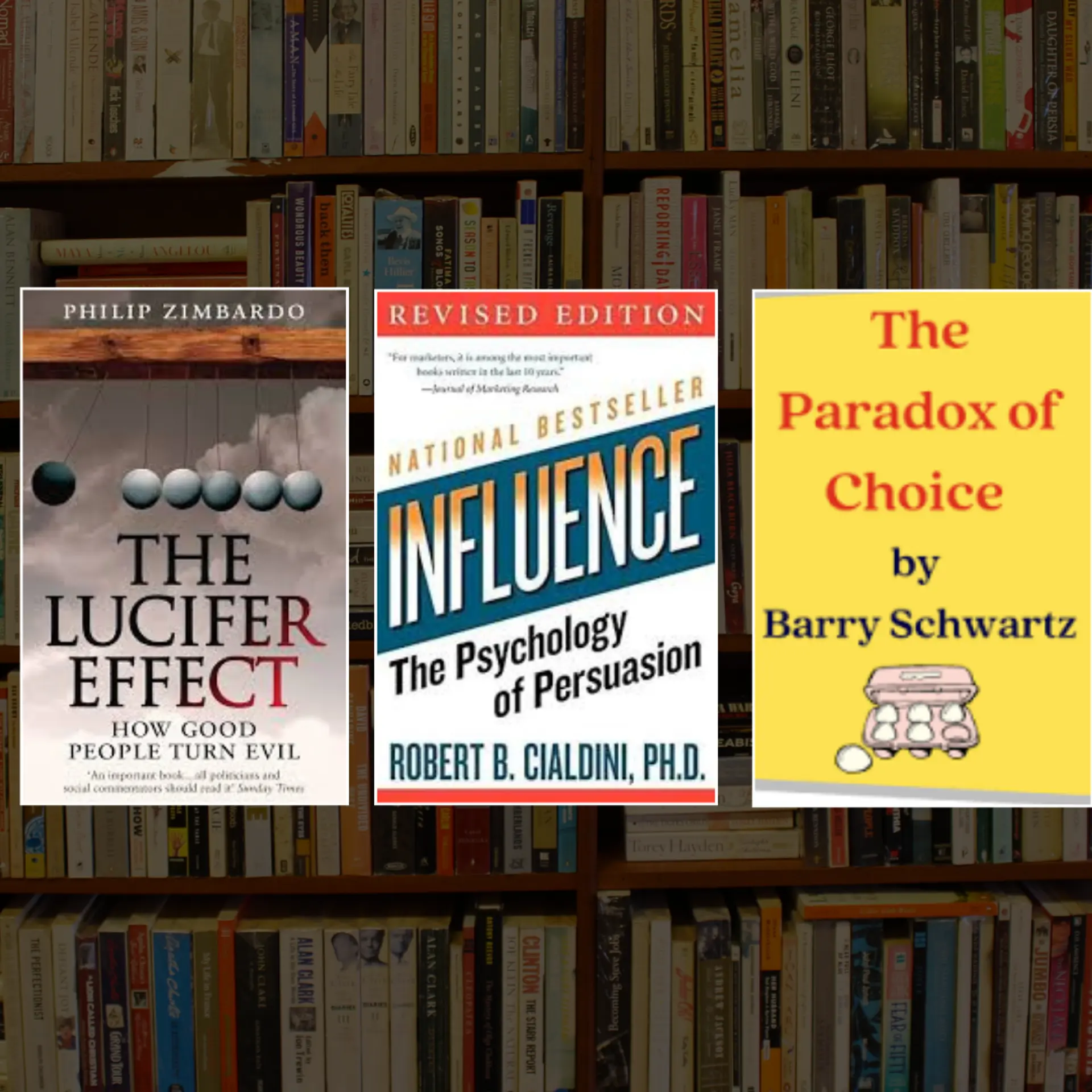Could a 3.5-Million-Year-Old Bacterium Unlock the Secret to Eternal Youth?
Discover how a 3.5-million-year-old Siberian bacterium could revolutionize our quest for longevity and unlock the secrets of eternal youth. Dive into the science, the daring experiments, and what it means for the future of humanity!
Imagine unlocking the code to life—a master key capable of extending human existence far beyond its natural limits. While this may sound like the opening of a sci-fi blockbuster, the reality might be closer than you think. In the frosty depths of Siberian permafrost, a 3.5-million-year-old bacterium, Bacillus F, sparked global scientific intrigue—and one scientist's extraordinary self-experimentation.
The Curious Case of Dr. Anatoli Brouchkov

In 2009, Anatoli Brouchkov, head of the Geocryology Department at Moscow State University, unearthed this ancient microbe in Siberia’s Yakutia region. Embedded in the permafrost of Mammoth Mountain, Bacillus F had remained alive for millions of years, defying the ravages of time and environmental challenges. For Brouchkov, the bacterium wasn’t just a scientific curiosity—it was a potential elixir of life.
Unlike your typical lab-coated researcher, Brouchkov opted for a daring approach: he injected himself with the dormant bacterium. Since then, he claims to have experienced improved health, higher energy levels, and even an absence of illnesses like the flu. As audacious as his experiment sounds, Brouchkov’s gamble has reignited debates on the interplay of ancient microorganisms and human longevity.
Bacillus F: The Ancient Timekeeper

What makes Bacillus F special? For millions of years, it has survived extreme cold, high radiation, and nutrient scarcity, all thanks to its robust cellular mechanisms. In laboratory settings, Bacillus F showcased astonishing abilities:
- Extended Reproductive Cycles in Mice: Older mice injected with Bacillus F retained the ability to reproduce far beyond their normal age.
- Longevity in Fruit Flies: The bacterium prolonged the lifespan of fruit flies, turning ordinary experiments into age-defying feats.
- Enhanced Plant Vitality: Even plants exposed to Bacillus F thrived for unusually long periods.
The potential implications are tantalising: if these effects could be replicated in humans, Bacillus F might revolutionise medicine and anti-aging treatments.
What Science Says (And Doesn’t Say)
While anecdotal evidence from Brouchkov himself is intriguing, science demands rigorous validation. Researchers have begun decoding the DNA of Bacillus F to uncover the genetic secrets behind its resilience. Preliminary findings suggest that the bacterium’s proteins might activate immune responses or repair cellular damage—mechanisms potentially transferable to humans.
Dr. Viktor Chernyavsky, a Yakutsk-based epidemiologist, speculates that substances emitted by Bacillus F could bolster immune health, effectively creating a biological shield against aging. However, he cautions that conclusive proof requires comprehensive clinical trials and robust statistical analysis.
A History of Human Curiosity About Immortality
Brouchkov’s bold experiment is only one of the curious chapters in humanity’s millennia-long quest for eternal life. From the alchemists of medieval Europe searching for the Philosopher’s Stone to modern scientists studying mole rats and tardigrades, the dream of immortality has spanned eras and disciplines.
For instance, the naked mole rat—a rodent immune to most cancers and capable of surviving oxygen deprivation—has been another beacon for longevity researchers. These biological anomalies provide a treasure trove of insights into cell repair and DNA stability, much like Bacillus F.
The Ethical and Practical Challenges
Self-experimentation like Brouchkov’s raises significant ethical questions. Should a scientist gamble their health for the sake of discovery? Moreover, without controlled studies, side effects and long-term impacts remain unknown. Critics argue that while ancient bacteria might hold promising secrets, jumping straight to human trials is premature.
Beyond ethics, there are practical challenges. Deciphering the exact genes and proteins responsible for Bacillus F’s longevity is akin to finding a needle in a haystack. Even if scientists identify these elements, scaling the discovery into safe, effective treatments will require years, if not decades, of work.
A Closing Thought
Could a 3.5-million-year-old bacterium hold the secret to eternal youth? The answer remains elusive, but one thing is clear: the mysteries locked within Earth’s ancient corners have the power to reshape our understanding of life and longevity. As scientists continue to decode these secrets, we’re reminded that sometimes, the smallest organisms can inspire the biggest breakthroughs.
So, the next time you think about life’s great mysteries, spare a thought for Bacillus F. Who knows? It might just be the microscopic key to unlocking humanity’s longest chapter yet.
Edited by Rahul Bansal







